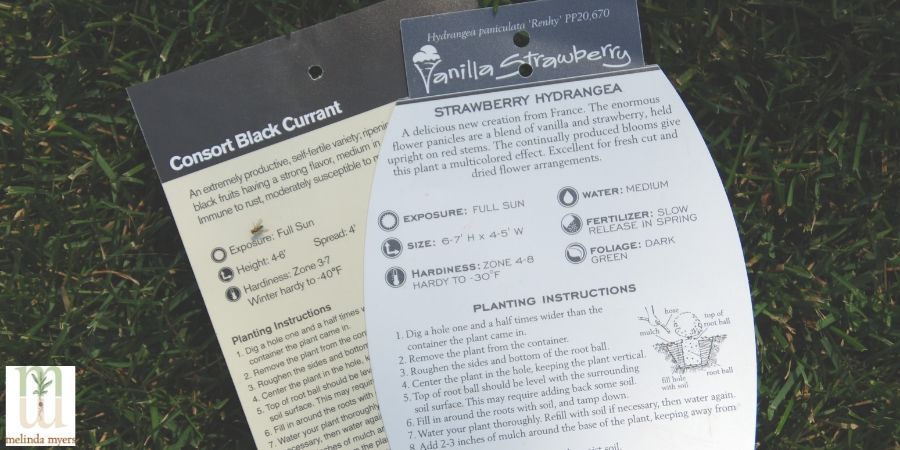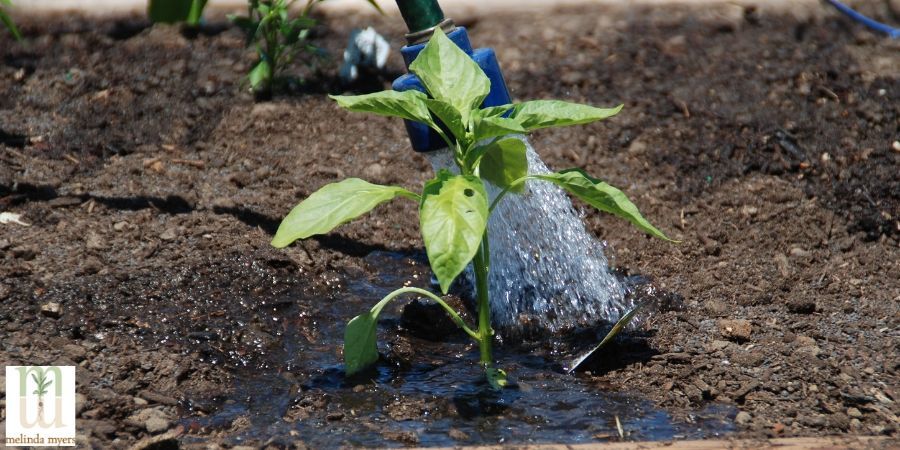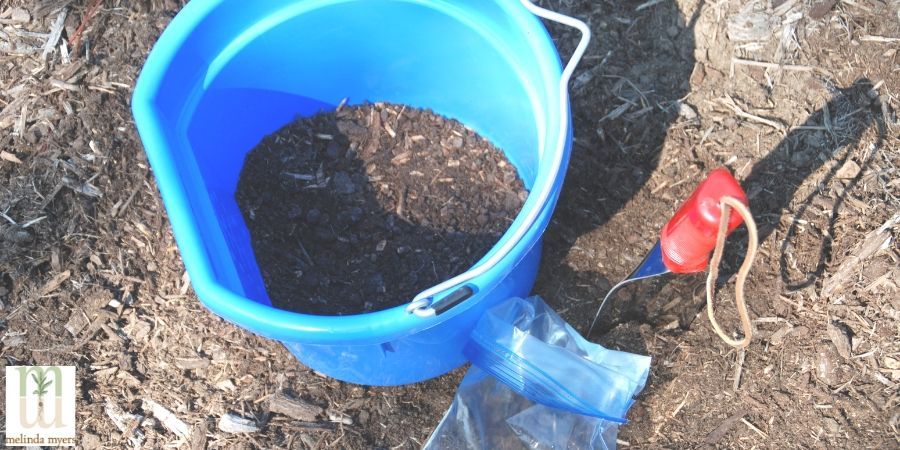Five Things to Not Do in Your Landscape
- horticulturist and gardening expertAugust 3, 2019
Gardening should be fun and experienced gardeners know there are really no rules in gardening, just guidelines. We have all placed our own spin on these or strayed gardening recommendations, myself included. But when we push a plant’s limit or purchase a high maintenance plant that requires more time than we have available, we can suffer the consequences.
Here are a few things you should never do to keep you safe and your plants healthy and looking their best with minimal effort on your part.
1. Don’t dig before calling 811.
This free service contacts all the appropriate companies who will mark the location of their underground utilities in your work area. This helps eliminate the danger, cost, and inconvenience of accidentally knocking out power, cable or other utilities while you create a beautiful landscape. Call at least three business days before beginning your project.
Celebrate 811 National Safe Digging Day August 11th as a reminder to call before starting any project that involves digging. An underground utility line is damaged every six minutes in the United States. Avoid being a statistic and remind friends and family to call before any landscape, home remodeling or planting project.
2. Don’t buy plants without checking the label.
Make sure they will fit in the available space, won’t grow into overhead utilities and will thrive in the growing conditions. Plant tags provide critical information on the size and growing requirements of plants.
Matching the plant’s mature size to the available space helps avoid extra work needed to prune large plants into a smaller specimen. You’ll also eliminate the need for the utility company to severely prune large shrubs and trees away from overhead utilities.
Ignoring the recommended growing conditions on the tags can waste your time and money. Forcing a plant to grow in unsuitable conditions means you will spend many growing seasons trying to nurse it into a healthy specimen or manage pest problems. And in most cases, you end up with a sickly plant that eventually dies.

3. Don’t water in-ground gardens daily.
Frequent shallow watering leads to shallow roots that are less drought tolerant and plants less able to tolerate insects, disease and environmental stresses. Skip the one beverage watering method. You come home from work, grab a favorite beverage and water your trees, shrubs, lawns and gardens in the time it takes to finish your drink. You feel better but have done nothing to help your plants.
Instead, base watering on soil type, temperature, rainfall, and plant needs. Most established plants benefit from an inch of water per week. Established drought-tolerant plants only need supplemental irrigation during extended dry periods. New plants typically need more frequent watering while adjusting to their new location and developing a robust root system.
For most plants water thoroughly when the top few inches of soil are crumbly and moist. Since heavy clay soils dry slowly, you will need to water less frequently so check soil moisture in established plantings weekly and water thoroughly if needed. Check plants growing in sandy soil that drains more quickly twice a week and water thoroughly as needed.
Do check container plantings daily. The small amount of soil in a pot dries quickly and as the temperatures climb the soil dries out even faster.

4. Don’t overfertilize plants.
More is not always better. Too much nitrogen encourages excess top growth, leaves, and stems, and can inhibit flowering. Plus this lush succulent growth is more susceptible to some insects like aphids and mites and diseases like fireblight.
Applying too much, especially with a fast release high nitrogen fertilizer can damage even kill your lawn and garden plants. This is especially true when the weather turns hot and dry.
Start with a soil test whenever possible. Your University Extension Service may have a soil testing lab or can help you find a certified soil testing facility. The test results will tell you how much and what type of fertilizer is needed.

Consider using MiIlorganite a low nitrogen slow- release fertilizer that won’t harm tender roots of young transplants or burn plants when the weather turns hot and dry. Plus research found when microorganisms work on releasing the nutrients from the Milorganiite pellets it also made some of the phosphorus and potassium bound to the soil available to the plants. Phosphorous promotes flowering and root growth while potassium increases hardiness and disease resistance. And the 85% organic matter in Milorganite feeds the soil as well as your plants.
5. Don't spray pesticides on ailing plants without an accurate diagnosis.
Many pest problems are strictly aesthetic and not harmful to the health and longevity of the plant. Needless spraying can harm beneficial insects, bacteria and fungi that help manage pests and improve the growing conditions for our plants.
Harmful pests often damage our plants and move along before we notice the problem. Spraying at that time is just for revenge; you may feel better but have not helped your plant. Fortunately, healthy plants tolerate quite a few common insect and disease problems.
Using the wrong product, say a fungicide to control an insect will not manage the pest. You just waste money on the wrong product and time spraying. Needlessly adding more chemicals to the environment can be harmful to the health of our soil, water quality and you.
Keep these few Don’ts in mind as you plan, plant and tend your garden. You’ll save time and money, something none of us can spare, be kind to the environment and grow a productive garden and beautiful landscape.

